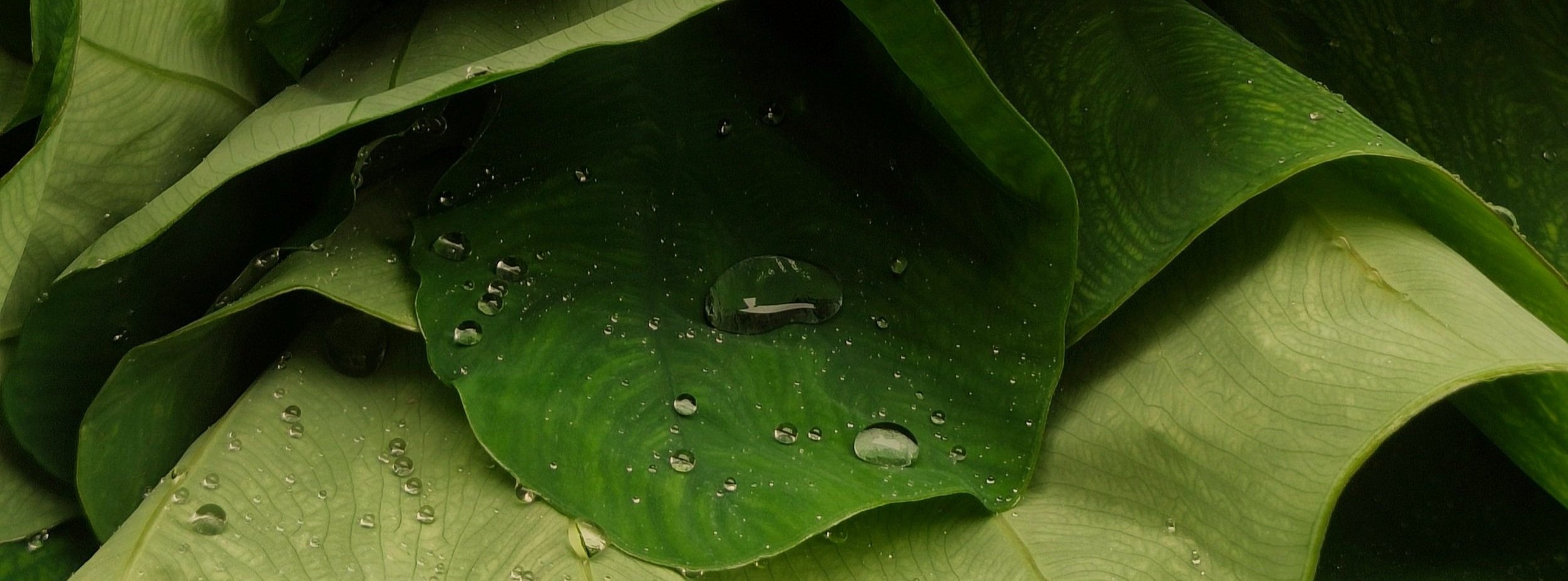Published in 2016, ‘Indica: A Deep Natural History of the Indian Subcontinent’ by Pranay Lal offers a journey through the natural history of the Indian subcontinent. This book stands out for its unique approach to explaining evolution and natural history in a manner that is both accessible and captivating to readers of all backgrounds. The book spans a wide range of topics, from micro to macro. Covering everything from ancient fossils to fish, diverse climates, and the animals that inhabit the Western ghats to the Deserts in the Indian subcontinent.
The book uses the Earth Woman analogy. This imaginative concept reimagines the 4.6 billion-year-old Earth as a 46-year-old woman by astrophysicist Nigel Calder. Allowing readers to visualize the planet's evolution over a human lifespan, making the complex timeline of Earth's history more approachable. The highlights of the book include facts like the ferocious Rajasaurus, an Indian dinosaur possibly more formidable than the T. rex, and 70-million-year-old crocodile eggs discovered in Mumbai and Bengaluru having its unique climate due to a tectonic event that took place 88 million years ago.
Indica: A Deep Natural History of the Indian Subcontinent is a fascinating exploration of Earth's history, told through the lens of a region rich in natural heritage. If you are curious enough about the world around you, Pranay Lal's work is sure to enrich your understanding and appreciation of our planet. Living in Goa, this book makes me reflect on the climate and ecosystems around me. The awareness about natural heritage is essential for sustainability, making the book useful for understanding the environment around us. Join our channel Climate Woes for more climate-related insights.











